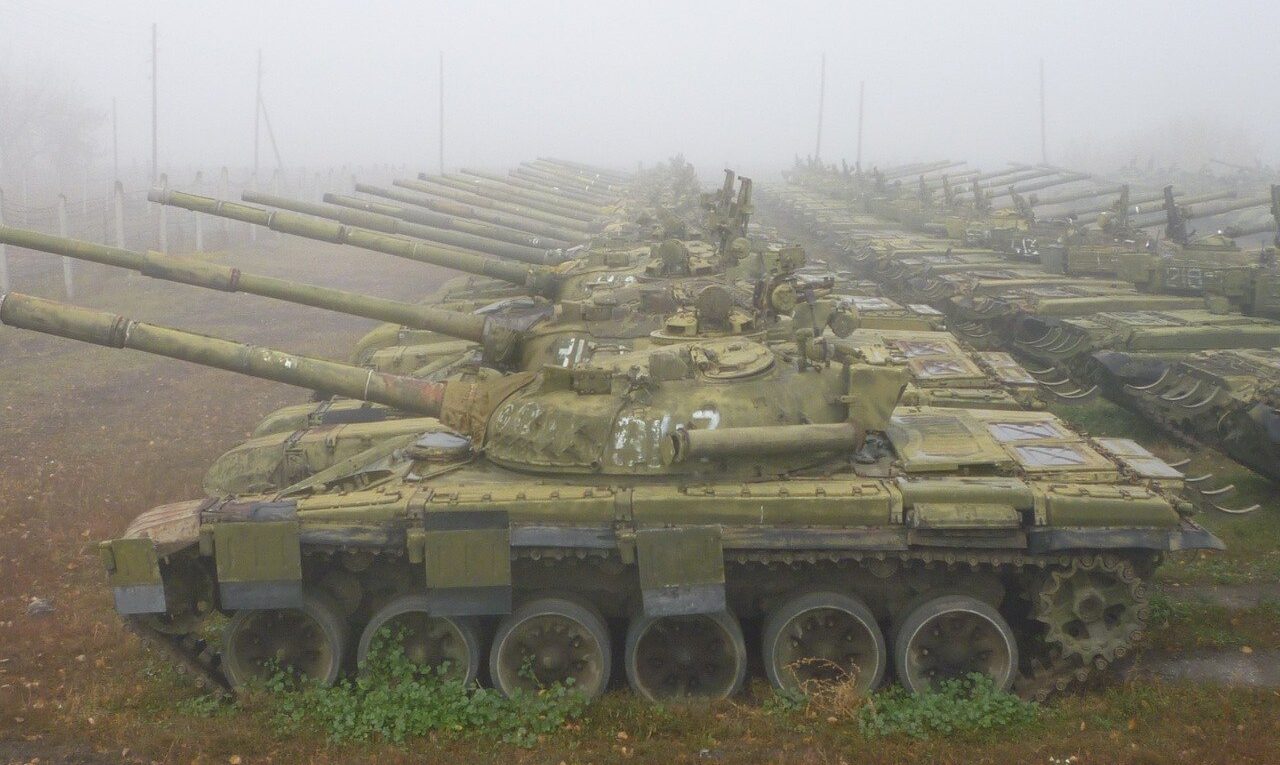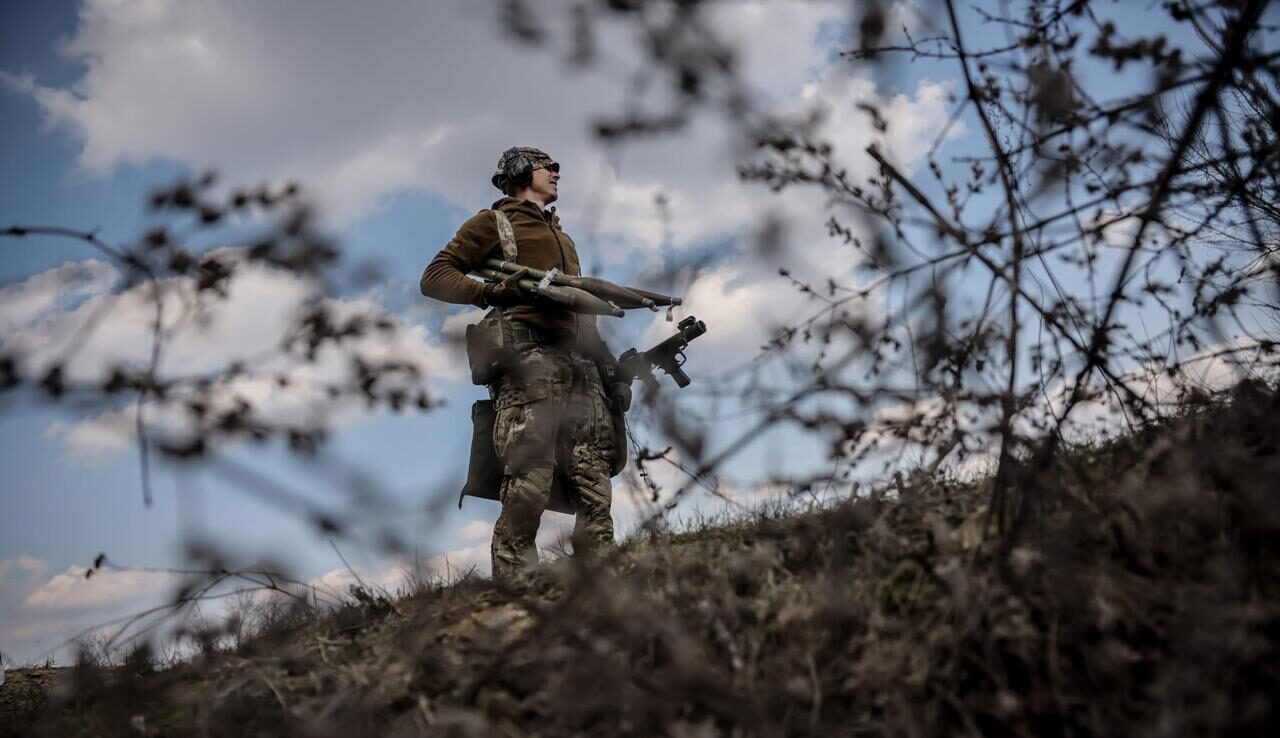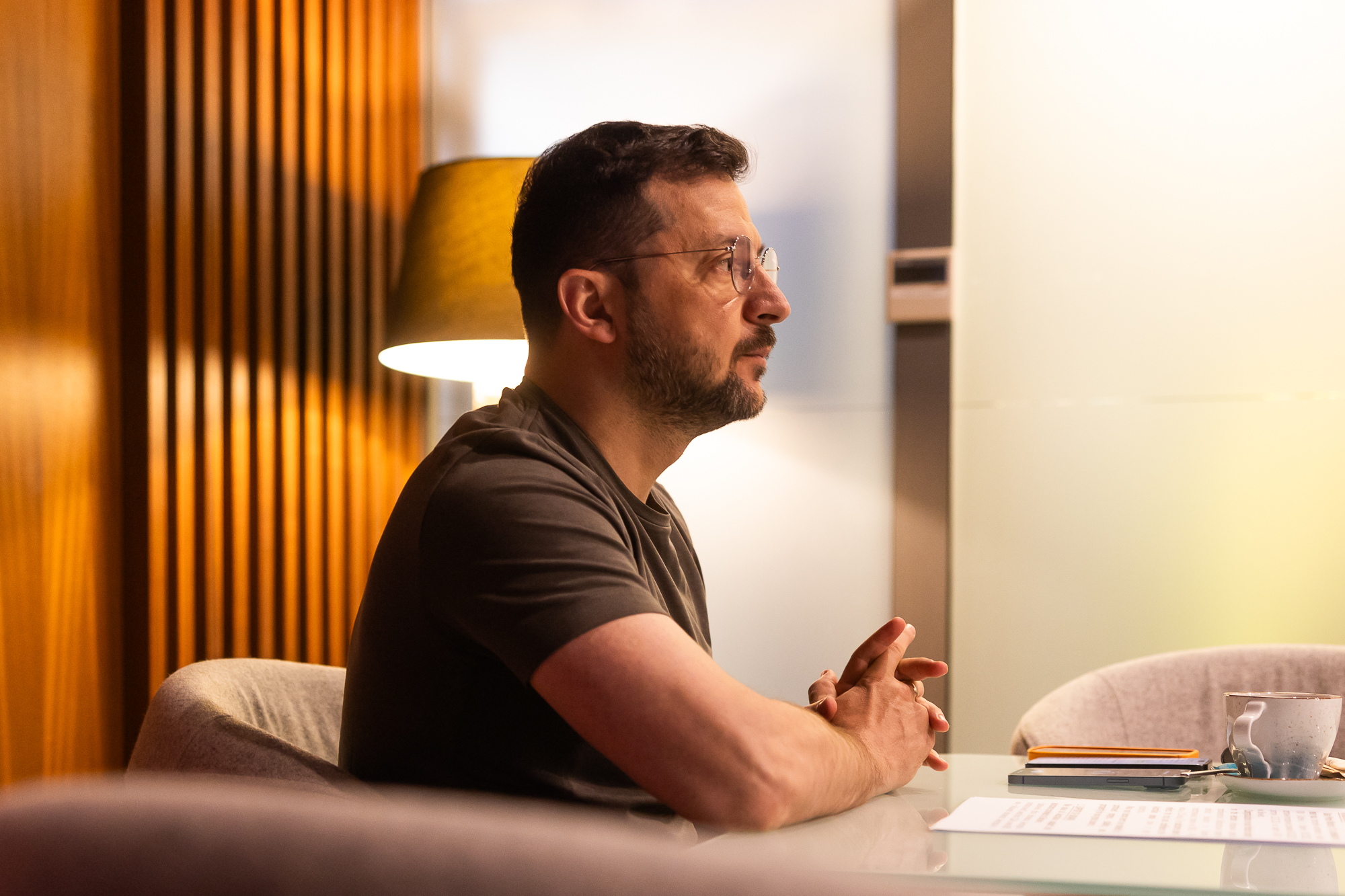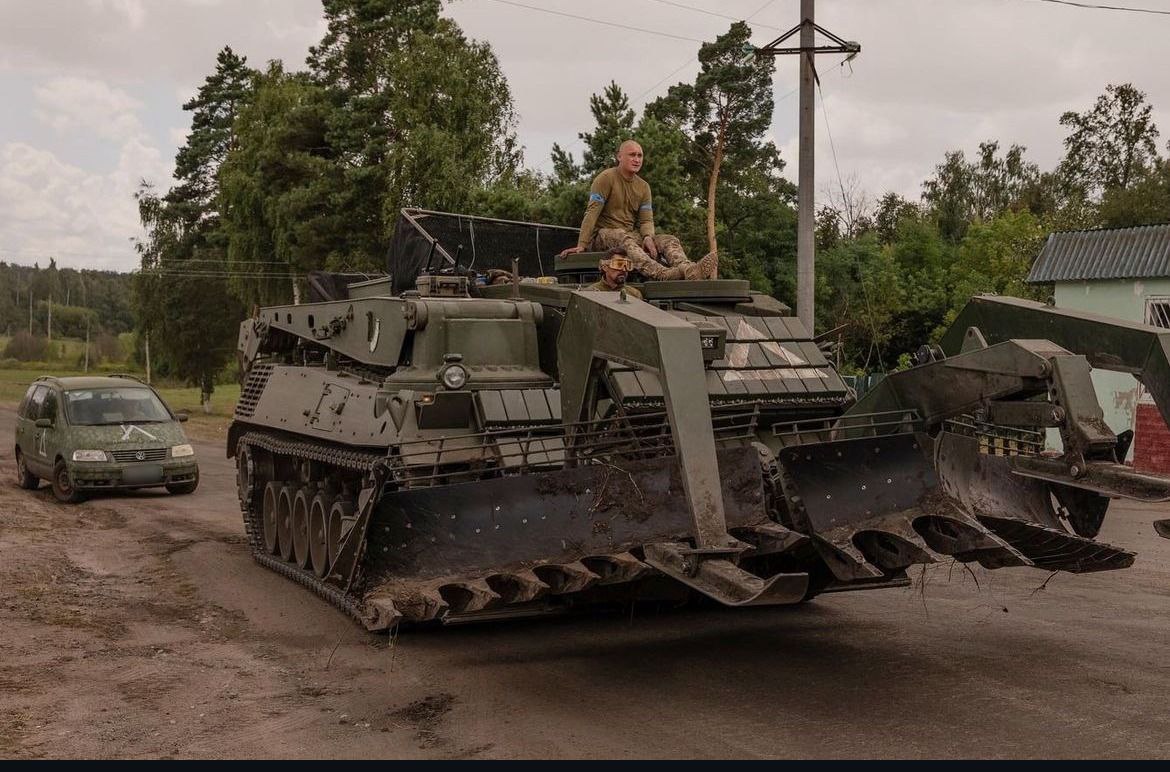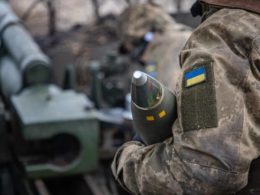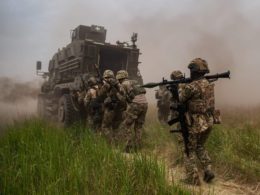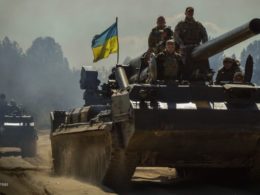With or without a formal Russia-Ukraine ceasefire, Russia’s wider war is slowing down, one Ukrainian analyst asserted.
“The momentum of this war is gradually fading,” wrote Tatarigami, the founder of the Frontelligence Insight group. “Neither side has enough resources at disposal to achieve a decisive strategic breakthrough.”
Russian Pres. Vladimir Putin has suggested direct talks between Russia and Ukraine in Türkiye—talks that, in concept, could lead to a ceasefire. But it’s possible Putin is stalling and attempting to drive a diplomatic wedge between Zelensky’s government and the administration of US Pres. Donald Trump, which has demonstrated a tendency to parrot Russian disinformation and could blame Ukraine for Putin’s refusal to end the war.
But “with or without a formal truce, the intensity of the war is likely to decline,” Tatarigami asserted. “The cost-benefit for Russia at this stage is unfavorable.”
It’s true, from a certain point of view. After 39 months of hard fighting, Russian troops occupy 18.3% of Ukraine, including Crimea. That’s up from 17.6% a year ago.
But that gain, equating to roughly 4,200 square km, has come at the cost of several hundred thousand casualties, including killed and wounded. Russian regiments and brigades lose around 1,000 troops every day, on average. That’s hundreds more than Ukrainian brigades lose.
Russia has a much bigger population than Ukraine, of course—143 million versus 38 million as of 2023. And the Kremlin is still managing to recruit slightly more fresh troops than it loses trained troops every month, thanks to “sign-on bonuses and speculation that the war will soon be over,” according to Janis Kluge, deputy head of the Eastern Europe and Eurasia Division at the German Institute for International and Security Affairs.
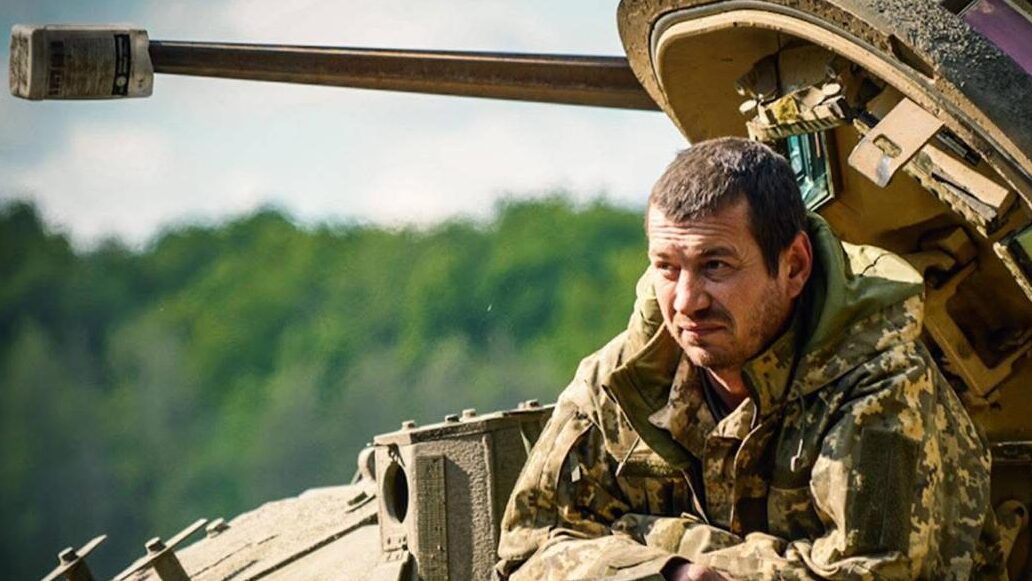
More Russians are coming
“The Russian military is reportedly generating enough forces to replace losses and is reinforcing the size of the Russian force grouping in Ukraine despite experiencing an increased casualty rate per square kilometer gained,” observed the Institute for the Study of War in Washington, D.C.
But the small surplus in manpower hasn’t allowed the Kremlin to form significant new units, Tatarigami claimed. “A common narrative among pro-Russian sympathizers is the claim that Russia is holding back some hidden armies it will soon unleash on Ukraine,” they wrote. “But one simple question exposes this narrative completely: can they name the division/corps/army number Russia is supposedly hiding?”
In fact, there are new Russian formations—most notably, the 68th Motor Rifle Division, which formed recently and should oversee several regiments, each with around 2,000 troops. But one division or several divisions don’t represent a significant expansion of a Russian occupation force that now numbers around 600,000 troops—its biggest since the wider war kicked off in February 2022.
It’s not that the Russian military is about to run out of troops — or disintegrate due to a lack of morale.
“Very few people in Ukraine still believe that if Russia loses another regiment- or brigade-sized force to capture yet another settlement in Donetsk Oblast, it will lead to mass desertions or a collapse of Russian forces,” Tatarigami conceded.
Likewise, there’s no evidence Ukraine’s roughly 1 million-strong armed forces are at risk of implosion.
“There is, of course, a theoretical assumption among some Russians that if they push a little harder for a little longer, the front line will collapse and Ukraine will give up,” Tatarigami wrote. “But very little points to that outcome.”
“The situation on the front lines remains more unfavorable for Ukraine,” according to Tatarigami. “However, the discussion isn’t about who is winning, but rather about who is losing more. Put simply, both sides are expending human and material resources with little prospect of achieving [their] strategic goals.”
Russia still hasn’t fully occupied Donetsk Oblast—to say nothing of extending that occupation deeper into Ukraine. And Ukraine is constraining Russian gains, but failing to reverse them.
With or without any formal Russia-Ukraine ceasefire, the front-line dynamics point to a war that’s beginning to freeze in place.
“Given the growing fatigue on both sides, and barring a major power shift, the war is likely to move toward either a truce or a slow-burning phase—where intensity declines until one side builds enough resources or capitalizes on geopolitical events to change the situation,” Tatarigami predicted.
